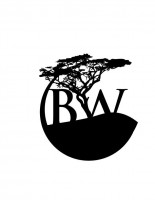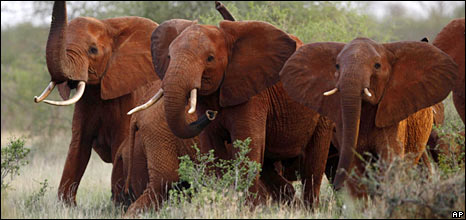The third Global Biodiversity Outlook (GBO-3) says that some ecosystems may soon reach “tipping points” where they rapidly become less useful to humanity. Such tipping points could include rapid dieback of forest, algal takeover of watercourses and mass coral reef death. Last month, scientists confirmed that governments would not meet their target of curbing biodiversity loss by 2010. “The news is not good,” said Ahmed Djoglaf, executive secretary of the UN Convention on Biological Diversity (CBD). “We continue to lose biodiversity at a rate never before seen in history – extinction rates may be up to 1,000 times higher than the historical background rate.”
The 2010 target of significantly curbing the global rate of biodiversity loss was agreed at the Johannesburg summit in 2002. The relationship between nature loss and economic harm is much more than just figurative, the UN believes.An ongoing project known as The Economics of Ecosystems and Biodiversity (TEEB) is attempting to quantify the monetary value of various services that nature provides for us. These services include purifying water and air, protecting coasts from storms and maintaining wildlife for ecotourism. The rationale is that when such services disappear or are degraded, they have to be replaced out of society’s coffers. TEEB has already calculated the annual loss of forests at $2-5 trillion, dwarfing costs of the banking crisis.

To read the full article, click here


